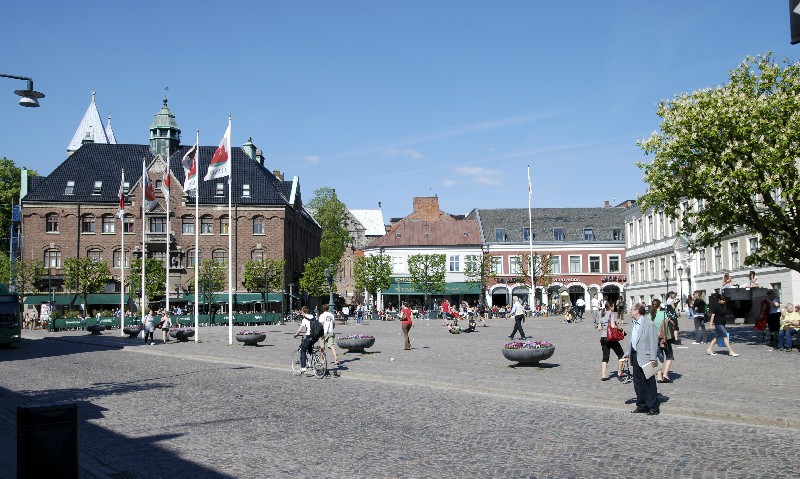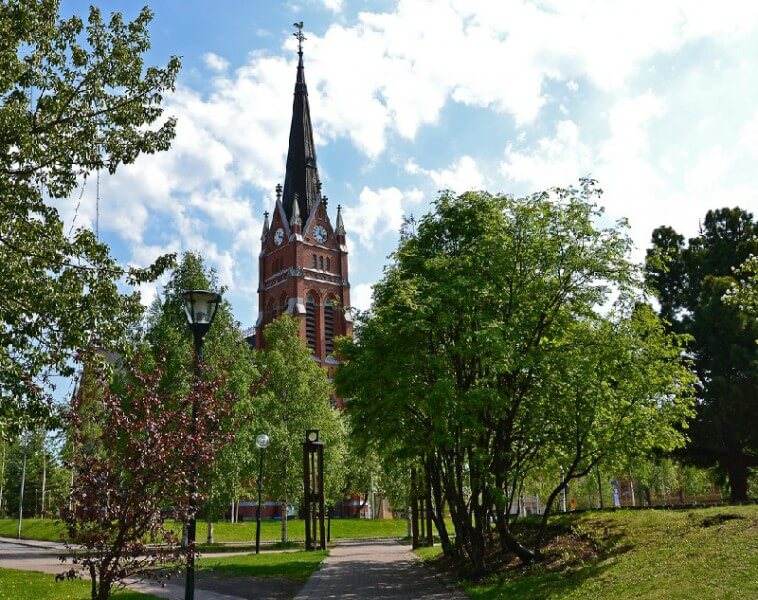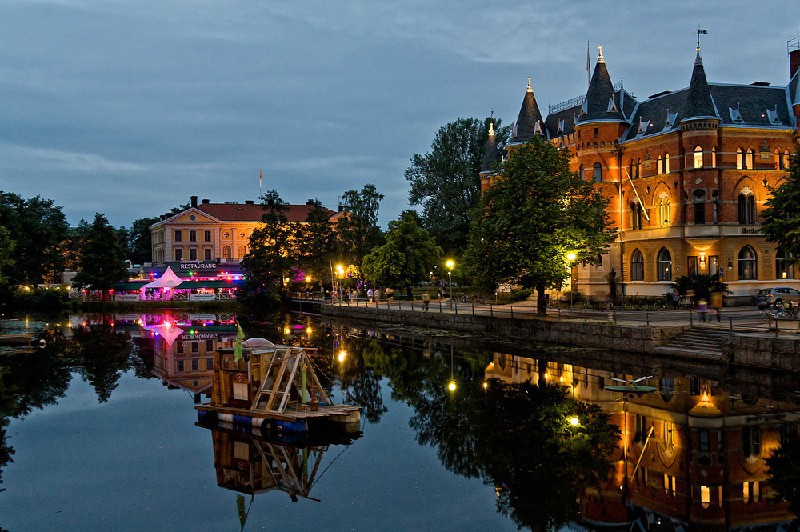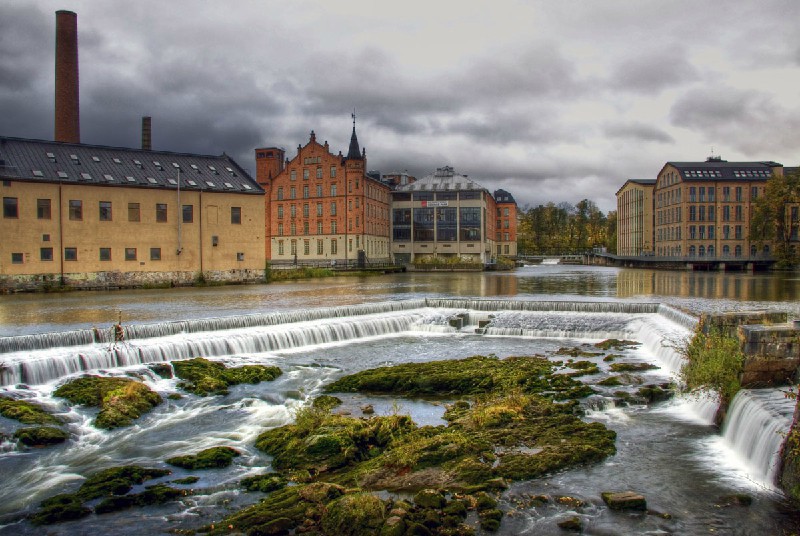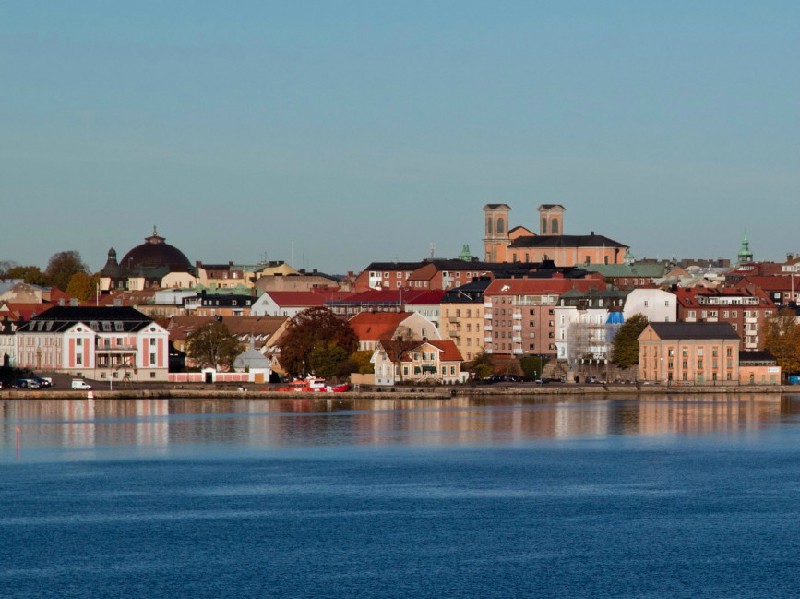Geography and Climate in Lulea
Rating: 7,9/10 (933 votes) 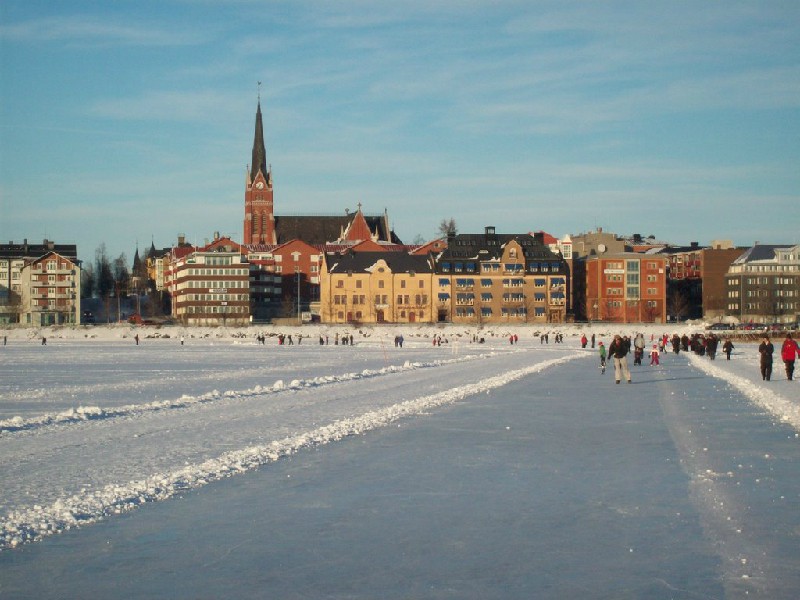 Lulea is a city located in the northeastern part of Swedish Lapland, known primarily as a powerful export hub, industrial center, and more recently as a tourist destination. The city itself was founded in the late Middle Ages as a settlement of miners; this settlement was destroyed several times by severe fires, and was rebuilt twice. Lulea received the status of a city in 1921, becoming one of the main industrial zones in northern Sweden. It takes a long time to get to Lulea by land - a distance of a full thousand kilometers, even Swedish trains take longer than 12 hours. Therefore, the most acceptable way to travel when choosing Lulea as a vacation spot is by plane. Flights from Stockholm to Lulea are operated by a Norwegian company, but the ticket price is significantly lower, than the main directions of domestic airlines. The climate of Lulea is one of the most severe in Sweden - it is a subarctic zone with the strongest influence of the maritime climate. During the year the number of sunny days is less than in the more southern regions of Sweden, the summers are short and not too warm. Winters are snowy, with possible severe frosts, although it is far from the zone of minimum temperatures Lulea, high air humidity affects the susceptibility to cold snaps. July is considered the warmest month here, despite the large number of cloudy days, heavy rains in Lulea - rare, precipitation can be long, but not strong. The average temperature is kept at +14 ° С in the shade throughout the summer, with a significant drop by mid-August. In winter in January, the average temperature is considered to be -12 ° C, but from time to time this figure may fall.  We also recommend reading Geography and Climate in Linkoping Topic: Geography and Climate in Lulea. |
